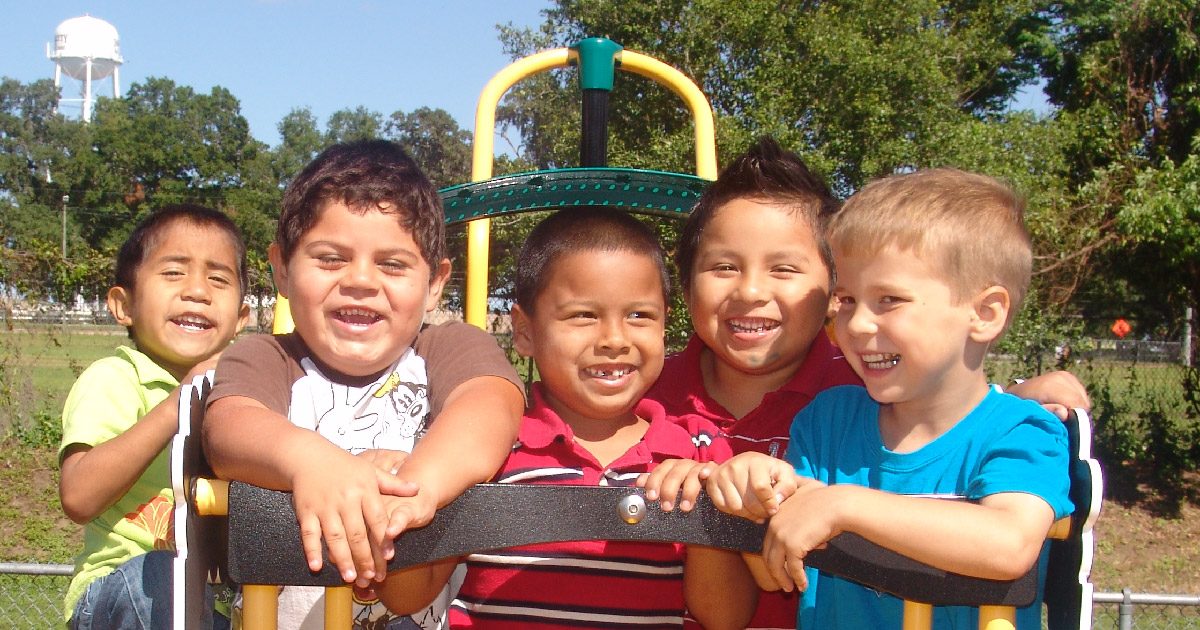Celebrate Children's Health Month by Empowering Farmworker Parents to Protect their Childrens' Health

[Editor’s note: It’s Children’s Health Month, and last week, we celebrated Children’s Environmental Health Day. Agricultural worker children are at greater risk of environmental exposures. Learn more on our Children’s Health page.]
Every day, children are accosted with a barrage of parental nags, primarily aimed at keeping children safe and healthy: look both ways; tie your shoe; don’t talk to strangers; eat your broccoli. Among farmworker communities, however, many additional environmental health threats that children may encounter are not always on a parent’s radar.
“Children are more vulnerable to environmental hazards overall, and families who lack resources and encounter barriers to health are at further risk: those who live in substandard housing, who work in agriculture, who don’t have access to health care,” noted MCN’s Amy Liebman, MPA, Director of Environmental and Occupational Health. Children in substandard housing, for example, may have greater exposure to lead from peeling paint or contaminated water. Those whose parents work in agriculture may experience take-home exposures to pesticides. Food insecurity, interrupted schooling due to migration, and poverty are additional social determinants of child health that may result in increased susceptibility to environmental hazards and fewer resources to combat them.
To help parents learn about and navigate these additional avenues of exposure, Migrant Clinicians Network has teamed up with East Coast Migrant Head Start Project to empower parent CHWs in Virginia to share knowledge and resources with fellow parents. The initiative, “It Takes a Community: Protecting Farmworker Children from Environmental Contaminants,” is supported by the Aetna Foundation’s Cultivating Healthy Communities. Last month, before Hurricane Florence, Alma Galván, MHC, Senior Program Manager for MCN, headed to Virginia to provide multiple trainings to small groups of parents, who then, as community health workers, would teach ten or more parents. “It’s the true essence of the community health worker model: the parents take their training and teach other members of their community, from their own workplace or neighborhood,” explained Liebman. Parents are planning to give trainings, or have already given trainings throughout the community including at a local Head Start classroom, at a farmworker labor camp, and during a Head Start parent meeting. Galván plans to head to Virginia to further support parent CHWs in the coming weeks.
For clinicians serving farmworker parents, MCN’s resources can help. In particular, MCN’s popular CHW manual has been recently updated. Here are some links to resources we are using during the parent CHW trainings; you can use them in your own communities to empower your farmworker parents and to support the health of children:
Farmworker Justice’s brochures on lead, asthma, and chemicals, available in English and Spanish.
“The Playing Field,” a short video (in Spanish, with English subtitles) about how agricultural worker children can be exposed to chemicals.
MCN’s newly updated Community Health Worker Manual,”Poco Veneno, No Mata?”
MCN’s popular comic books, “Aunque Cerca...Sano” and “Poco Veneno, No Mata,” available for download in Spanish and English.
Like what you see? Amplify our collective voice with a contribution.
Got some good news to share? Contact us on our social media pages above.
Return to the main blog page or sign up for blog updates here.
- Log in to post comments
